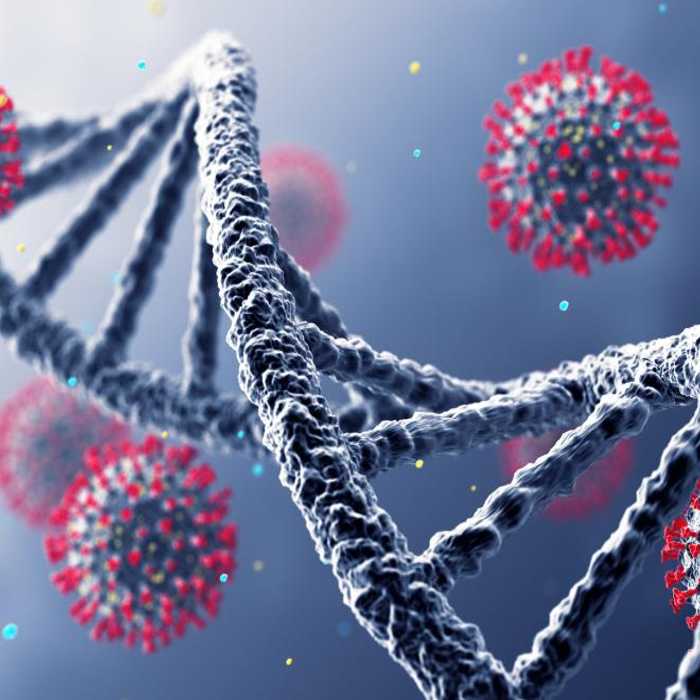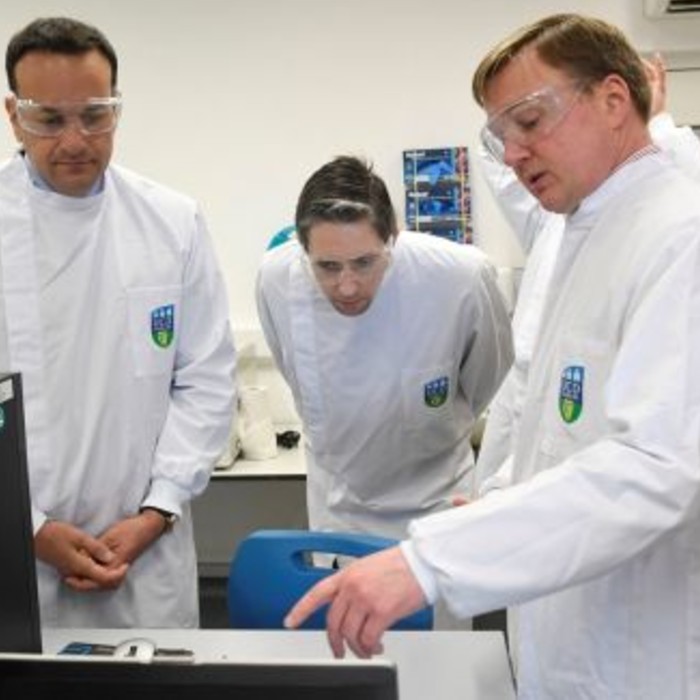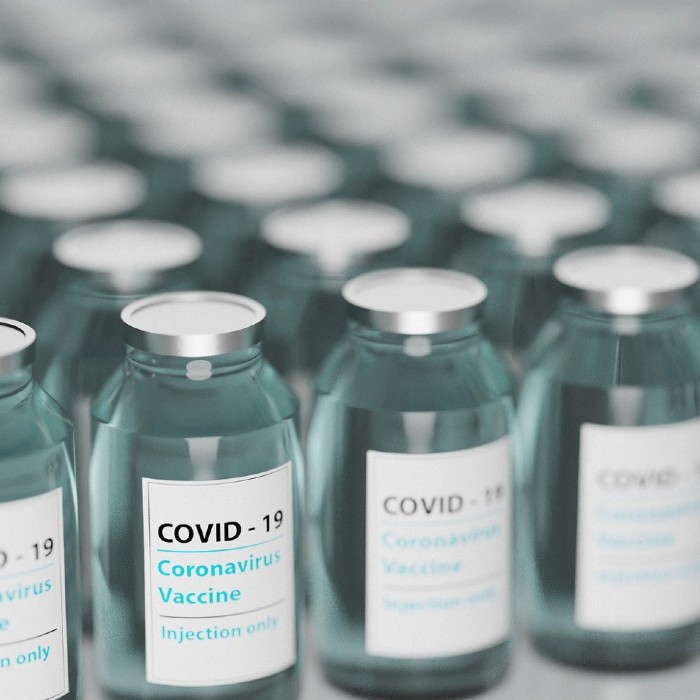SARS-CoV-2 in Sewage and Bodies of Water
Lead Researcher: Professor Wim G. Meijer, Head of UCD School of Biomolecular and Biomedical Science
Co-applicants: Dr Nicola Fletcher, UCD School of Veterinary Medicine; Associate Professor John O’Sullivan, UCD School of Civil Engineering; Liam Reynolds, Dr Laura Sala-Comorera and Niamh Martin, UCD School of Biomolecular and Biomedical Science
What happens when the Covid-19 virus gets into the environment through human digestive waste? We know that faeces from people infected with the SARS-CoV-2 virus can contain genetic material (RNA) from the virus, and that it is possible to detect that viral RNA in sewage.
Now Science Foundation Ireland is funding a new project at UCD to measure levels of SARS-CoV-2 at wastewater treatment plants. This will provide insight into the prevalence of the virus in the community, and serve as an early warning system for a new wave of infection. The project also aims to work out what happens to the SARS-CoV-2 virus in nearby bodies of water such as rivers, streams and sea, including the waters where we swim.
The SFI-funded research will benefit from the expertise of an existing EU Interreg-funded project at UCD called Acclimatize, which determines the levels and origins of faecal contamination in Dublin Bay.
What is the issue?
When a person is infected with SARS-CoV-2, the virus that causes Covid-19, they can pass viral material out with their faeces. The amount of virus genetic material in sewage is therefore a reflection of the number of people who are infected. However, we don’t know if the virus is still infectious, how quickly the virus dies off and what the fate of the virus in the environment is.
What will the research do?
This project combines the expertise of microbiologists and environmental biologists (Professor Wim Meijer, Dr Laura Sala-Comorera, Dr Liam Reynolds and Niamh Martin, MSc) with expertise in virology (Dr Nicola Fletcher) and engineering (Professor John O’Sullivan). They will monitor the levels of SARS-CoV-2 in incoming wastewater at treatment plants Ringsend (Dublin), Shanganagh (Bray) and Enniskerry, and determine if the virus is viable. The team will also determine how long it takes for the virus to decay in sea and river water, and if water bodies that are contaminated with sewage contain the virus.
What will the impact be?
The presence of SARS-CoV-2 in sewage entering wastewater treatment plants is an indication of how many people are infected. This project will therefore provide data on the effectiveness of public health-mandated measures to contain the virus, and will serve as an early warning system for subsequent waves of infection. Knowing about the die-off rates of the virus in the environment provides critical information about the health risks for sewage workers and the public, who maybe exposed to sewage-impacted bodies of water.
Professor Wim Meijer, UCD School of Biomolecular and Biomedical Science, says: “This SFI funded project for surveillance of SARS-CoV-2 in sewage and bodies of water will provide critical information on the prevalence of the virus in the population, and on the fate of the virus in the environment.”


